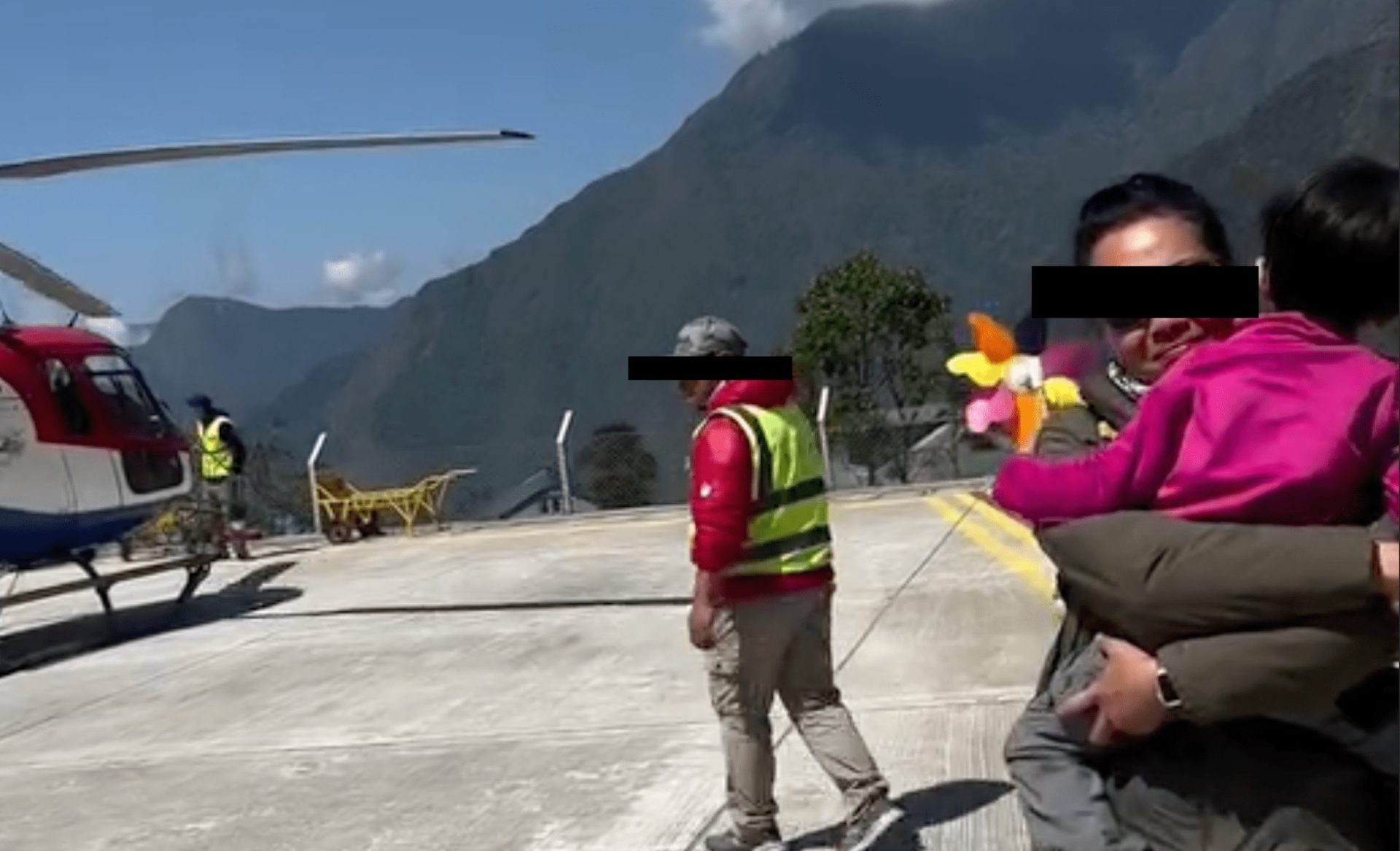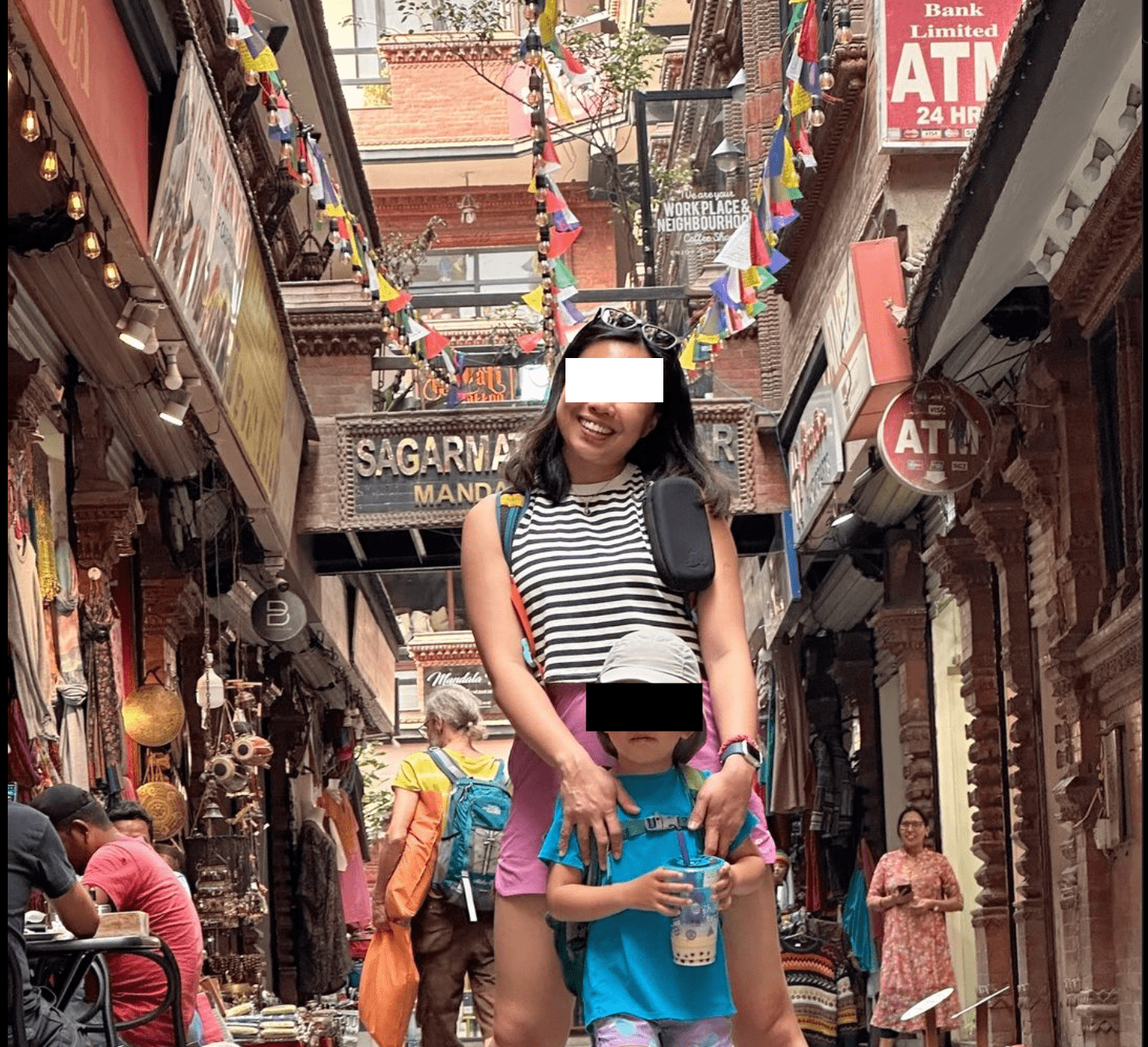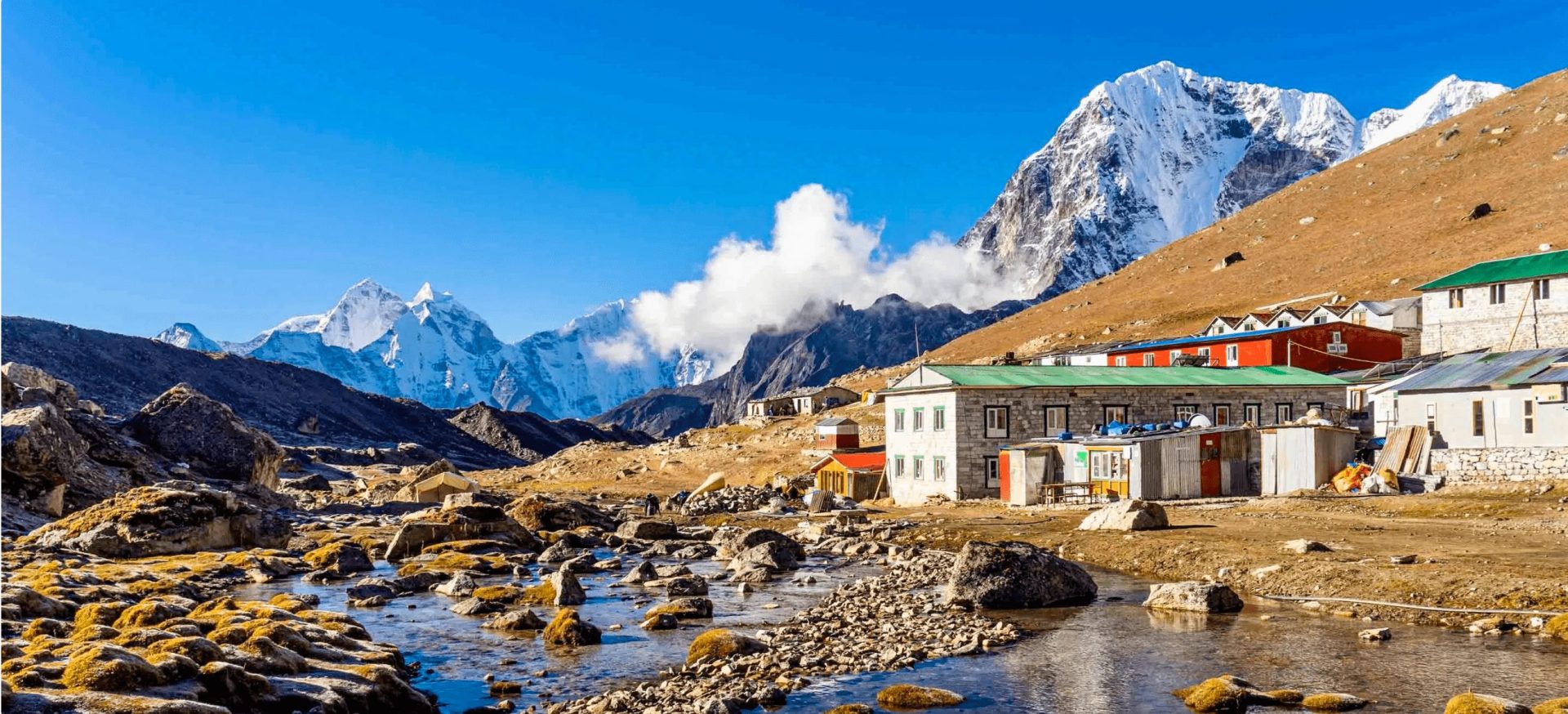
Accessing Mount Everest has become easier and easier since it was conquered for the first time in 1953. The world’s tallest mountain went from a summit reserved for the world’s best mountaineers to a place anybody with enough money and training can climb. Fixed ropes, porters, and guides led to traffic jams and inexperienced and sometimes even reckless climbers on the peak. Some might argue that the increased access to the mountains might be beneficial because now everybody can enjoy the mountains.
Still, the conditions on the mountain do not change, no matter how accessible the mountain is. Six to seven mountaineers die on the mountain for every 100 successful summit attemps. This means that over 300 people have already lost their lives while attempting the peak. Most of those deaths are due to falls, exposure, acute mountain sickness, and avalanches. However, many people fail to recognize these dangers.
Last year, a 59-year-old woman from India died attempting to be the first Asian person to summit Everest with a pacemaker. She died just a few hundred feet above base camp after she continued climbing the mountain, even though her team told her not to. Some argue that this death was unnecessary and completely avoidable. People who partake in expeditions like this are often less likely to turn around when they should because they invest a lot of money in permits and guides.
This trend of people trying to make the summit at all costs has even affected those not only attempting to reach Everest’s summit but also its base camp. Singaporean influencer and her husband are facing harsh criticism after they tried to reach Everest Base Camp (EBC) with their four-year-old son and had to be rescued by a helicopter. The infant was diagnosed with acute altitude sickness. The 12-day-long hike around Everest is not very technical; however, the high altitude can be difficult for hikers, especially when you are not used to such altitudes. The base camp sits at 17,598 feet. This is higher than any mountain in the Continental U.S.
Altitude Sickness occurs because of low amounts of oxygen in the environment. This usually happens when people ascend a mountain too quickly without giving their body time to adjust. The most common type of altitude sickness is AMS (Acute Mountain Sickness), which causes symptoms like headaches, tiredness, and confusion. Another type of altitude sickness is high altitude pulmonary edema (HAPE). HAPE affects your lungs, causing them to fill with fluid. This is a medical emergency. People who ascend too quickly from 8,000 to 11,000 feet will develop AMS.
Related Article: HAPE- Major Killer of Mountaineers at High Altitudes
The Singaporian influencer @fitmumwannabee travels around the world with her husband and son. She documents these travels on Instagram in frequent, almost daily posts. She has a personal page and one that showcases her son’s life, which she updates daily.
On this occasion, the family was traveling in Turkey when they spontaneously decided to trek to Everest’s base camp. The family then started ‘training’ for the trek. “We tried to mimic the typical day on a (base camp) trek. That’s about eight hours of trekking a day, eight km to 12 km walk with an elevation gain of about 500 m. We hiked almost daily for about a week,” the child’s father told TodayOnline.com. However, they did not account for the high altitude of the hike. Before they flew to Nepal, they spent five days at sea level in Cyprus to relax.
Any extreme altitude hiker will tell you that a week preparation at low altitude is hardly adequate for the Himalayas, and not surprisingly the preschooler started displaying the first signs of altitude sickness almost immediately. The child seemed very fatigued in some Instagram reels that show the family hiking in acclimatization hikes from the onset. The child’s condition worsens each day, however the mother dismisses his antics as temper tantrums.

The four-year-old fell seriously ill on day six of the hike. He displayed obvious symptoms of altitude sickness, like vomiting and a loss of appetite. Still, the family blamed it on food poisoning from a lollipop. They instead continued their trek after resting for a day to recover despite these signs. They frequently checked their son’s vitals and oxygen saturation during the trek, which again were below 90% and should have given enough concern to abandon the hike and descend to lower altitudes. Instead the family pushed on, resulting in the entire family suffering from altitude sickness. The family’s denial, however, continued, blaming dirty air or other factors for their ailments.
The family’s denial is exemplified by the mother calling her son’s oxygen saturation of 88% oxygen a “healthy level”. This is, however, far from healthy, according to Dr. Christine Ebert-Santos, a pediatrician from Frisco, Colorado. “Any oxygen saturation level below 100% is considered low, while measurements in the mid-80s could be a real health concern. Below 80%, organ function is disrupted,” Dr. Ebert-Santos told the Summit Daily, a Colorado newspaper.
The child’s oxygen level then fell to an even more worrying level three days later during the final push towards EBC. His oxygen levels fell as low as a reading of 44%, just a six-hour walk away from base camp. It’s recommended to start descending immediately if blood oxygen levels fall below 75. An oxygen saturation below 30% can cause an instant death. The altitude sickness then caused the child to be unable to walk any further. If he had spent more time at this altitude, he likely would have died.
The porters offered to carry the child, but the parents decided to retreat instead. A helicopter was not available to airlift the child down to a lower altitude, so he was transported on donkeys to a clinic, where he was eventually rescued by helicopter. The infant’s situation improved once he was at a lower altitude.
The family has used this tragedy to create multiple videos on Instagram showing the rescue operations from multiple angles. Ironically, one of the videos is called “It’s not crazy to take your child to the Everest base camp.” In this video, they explain how to take your child to the Everest base camp, even though they failed themselves and endangered their child.
While a two-year-old has managed to reach Everest’s base camp before, and could have been possible for a four-year-old, the family was ill-prepared and not used to high-altitude areas. They did not spend a lot of time acclimatizing and ignored the obvious signs of altitude sickness their child displayed. They also spent the week before their trip on Cyprus at sea level, which is counter-productive for preparing for a high-altitude hike.
The parents addressed their lack of experience in a statement where the father claims that the infant was experienced enough for the climb because he scaled a 700-meter (2,296-foot) mountain in Australia before. This is, however, less than a quarter of the average altitude of the trek to EBC.
The expedition was a paid collaboration with a Nepalese trekking firm. This could be one of the reasons why they hadn’t ended the hike earlier.
The videos the child’s mother posted on social media further show their inexperience. In these videos, the mother complains about the trail’s poor infrastructure, including the toilets. This could indicate that the couple has not done many multiple-day hikes before, if any.
Experts don’t advise taking young children above 13,000 feet in altitude. Influencers who showcase their children on social media have faced harsh criticism. A New York Times investigation revealed the dark side of these accounts, which are often followed by adults. When analyzing the demographics of accounts like the one mentioned above, a firm found that 5,000 of these accounts are followed by as many as 32 million adults. Some of those openly admitted that they are attracted to children on other platforms according to the Week. This analysis also found that suggestive pictures generate the most interactions, such as comments or likes.
This unfortunate but avoidable sequence of events showcases that easy access to the Himalayas can be dangerous. Still, the Family was entirely responsible for every decision they made. The Family continues to showcase on Instagram their life and it seems like they have moved on from this experience.
